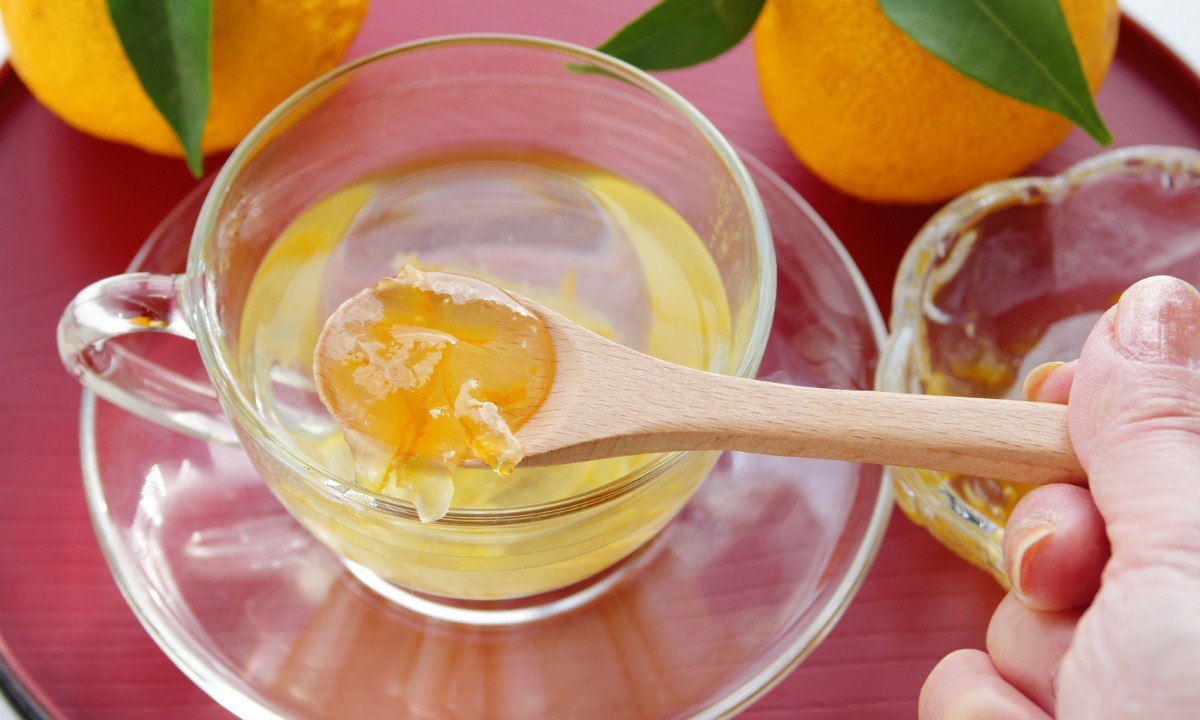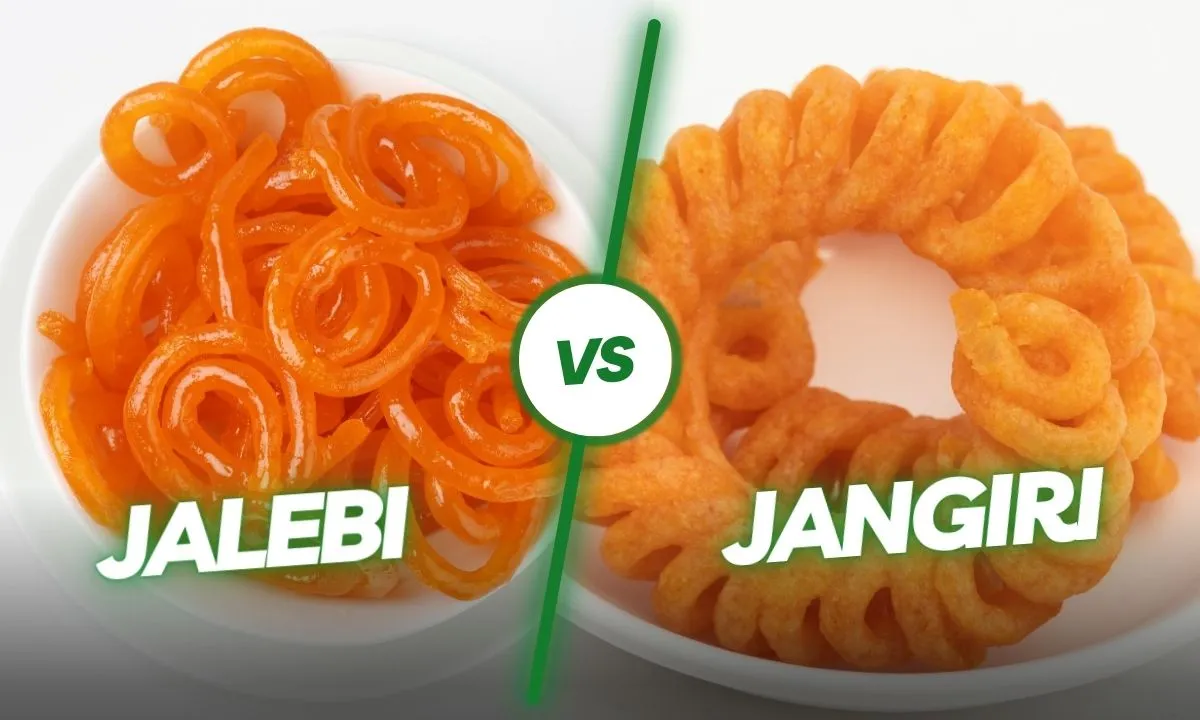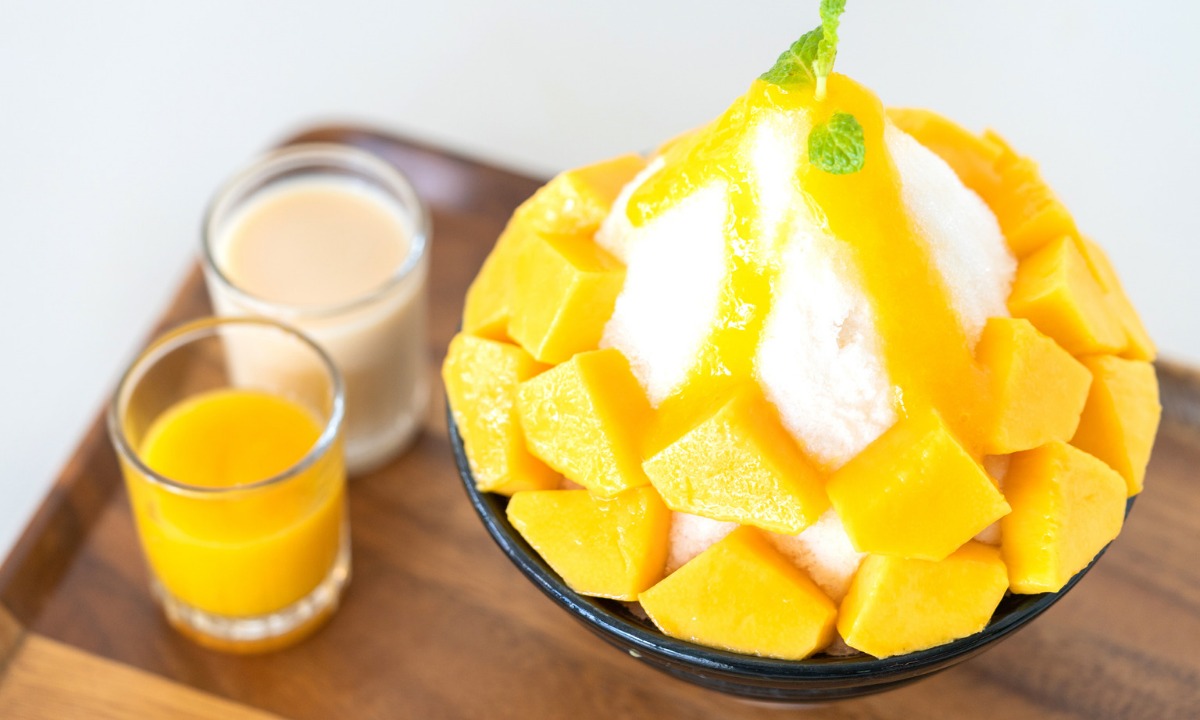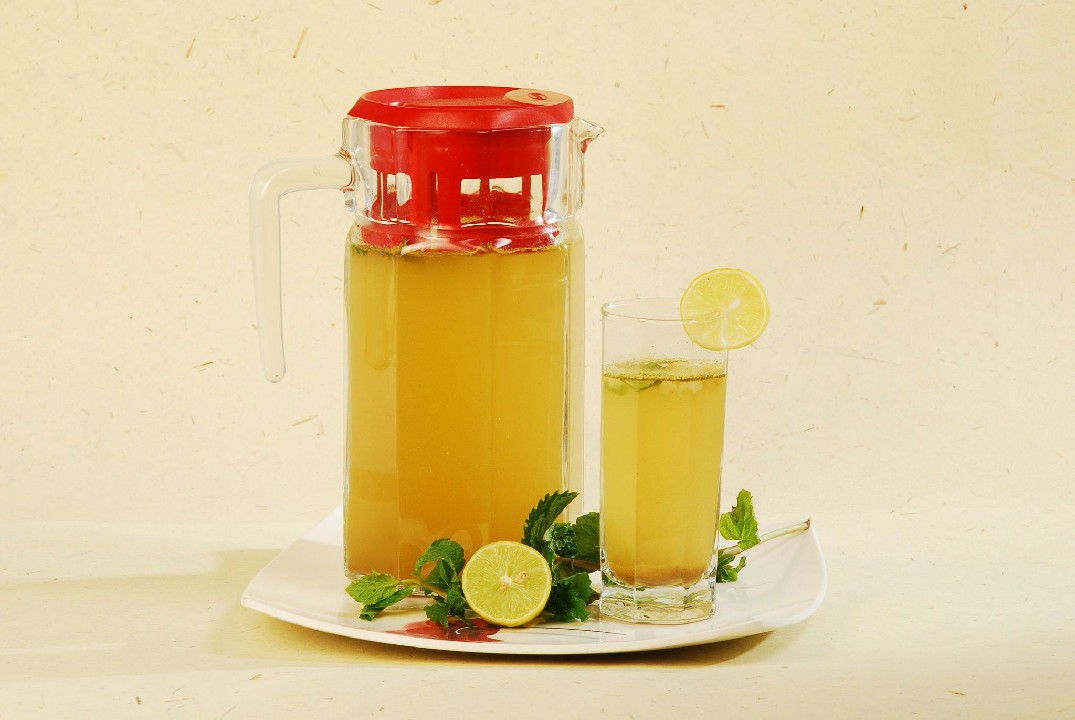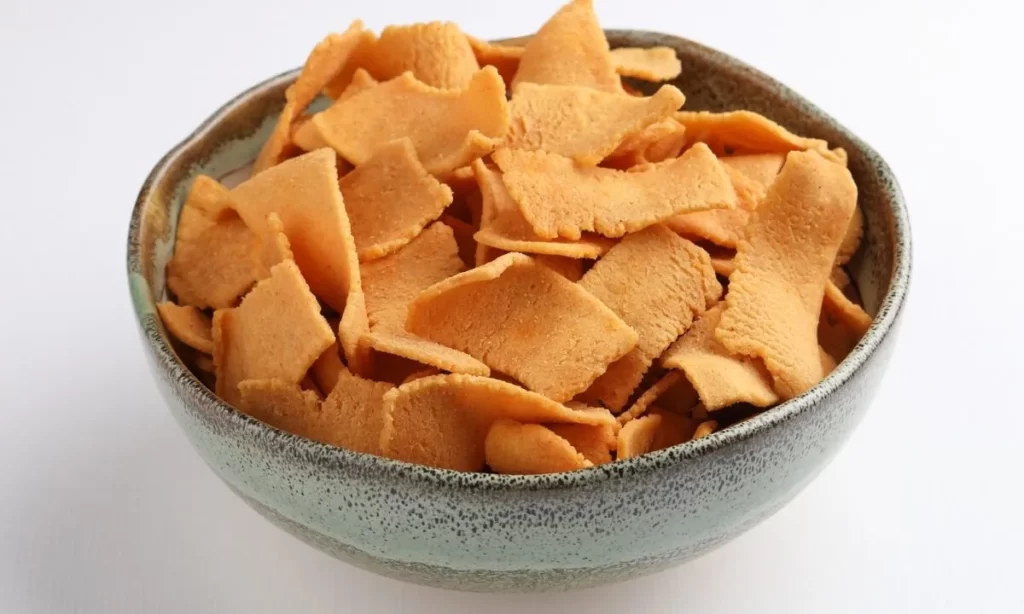
Table of Contents
Kerala pakkava, is a popular deep-fried snack in South India, and it has different names in various regions, such as Ribbon Pakoda, Ribbon Murukku, Aaku Pakoda and Ola Pakoda. It is a mixture of gram flour, rice flour and many other spices that enhance its taste.
It’s mostly prepared during the time of festivals like Diwali. When I first tried it, I was really impressed and wanted to try it on my own someday. For me, it really turned out to be one of the best snacks, and that’s why I thought of sharing it with you guys today!
How To Make Kerala Pakkavada?
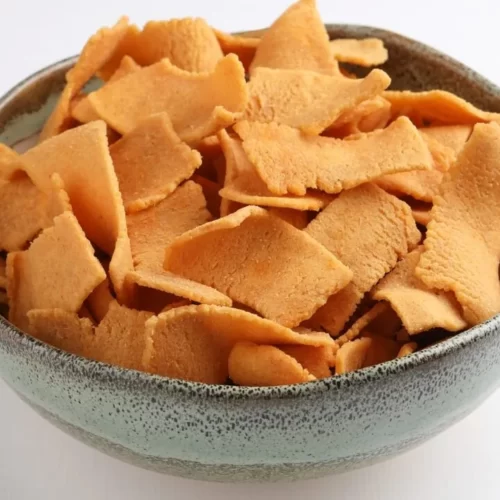
Kerala Pakkavada Recipe
Equipment
- Blender
- Sieve
- Large Mixing Bowl
- Tadka Pan
- Murukku/Chakli Maker
- Slotted Spoon
Ingredients
- 1 Cup Of Gram Flour Besan
- 1 Cup Of Rice Flour
- 1 Cup Of Chana Dal Roasted
- 2 Dried Red Chilli Seeds Removed & Broken
- 1 tsp Cumin Seeds
- 2 tsp Of White Sesame Seeds Optional
- 2 Pinches Of Hing Asafoetida
- 2 tsp Salt Or As Required
- 160 ml Of Water Or As Required
- 4 tbsp Of Butter
- Oil For Deep Frying
Instructions
For Making The Dough
- Take a blender and add the roasted chana dal, cumin seeds and 1 dried red chilli.
- Grind it into a fine powder and keep it aside.
- Place a sieve on top of a large mixing bowl and then add gram flour, rice flour, roasted chana dal mixture, asafoetida and salt. Sift this mixture properly and remove the sieve.
- Put in the white sesame seeds, mix well and set aside.
- Add 2 tablespoons of butter in a tadka pan (or small pan) and heat it. Let the butter melt, and then pour it into the flour mixture.
- Combine the flour and butter well and also check if the salt is proper or, if required, add some more.
- Next, slowly add water in small parts and knead the mixture properly.
- Knead a non-sticky and smooth dough for the ribbon pakoda. Cover it with a muslin cloth and keep it aside.
For Making Kerala Pakkavada/Ribbon Pakoda
- Apply oil to the murukku or chakli maker and then place a portion of the dough inside the murukku maker. Cover it and set aside.
- Take a kadai/wok and add oil. Heat it over low to medium heat. Add a tiny piece of the dough to check the temperature.
- If the piece gradually & steadily comes to the top, then the oil is at perfect temperature to fry the Kerala pakkavada. And if the piece of dough comes to the top too quickly, too slowly or settles down at the bottom, then the oil is not hot enough to fry.
- Now, when the oil is at the perfect temperature, just press the murukku maker, holding it on top of the hot oil and allow the Kerala pakkavada to fall directly into the hot oil. While pressing it, rotate it vigorously.
- Remember not to overload the kadai with ribbon pakoda. Just add as required without making it too messy and crowded. Fry them on medium to high heat.
- After this, let the pakkavada get fried without touching it with the slotted spoon immediately.
- They need some time to soak in the hot oil and become crisp. Once they are all crispy or cooked, using a slotted spoon, turn them over.
- Fry them until they develop a slightly golden brown colour.
- Keep turning them around a couple of times so that they get fried from all sides evenly. Fry until they are crispy and golden.
- When the hot oil does not sizzle any more, that means the ribbon pakoda is perfectly fried. Remove them using a slotted spoon and place them on a plate with tissue paper or kitchen paper towels.
- Repeat the same process with the remaining dough.
- When they are all cooled down, put them in an airtight container.
- Your ribbon pakoda or Kerala pakkavada is ready to be served as a tea-time snack!
Notes
- Ensure to finely blend the roasted chana dal mixture, or else it will be difficult for it to pass through the murukku maker.
- Do not over-fry the Kerala pakkavada because they will become dense, and you might get a burnt taste.
- You can adjust the quantity of the spices according to your taste preferences.
- Make sure to use oil of good quality to fry the ribbon pakoda.
- If cumin seeds and dried red chillies are not available, you can even use cumin powder and red chilli powder.
- If you prefer your ribbon murukku to be spicier, then add a few more dried red chillies or even the green chillies paste to the dough.
- You can add other spices to enhance the flavour, such as ajwain (carom seeds), sesame seeds, ginger paste, garlic paste, etc.
- Do not fry the ribbon pakoda on low heat, as the ribbon pakoda will absorb too much oil.
Shelf Life
Kerala pakkava stays good for up to 1 month. It will remain fresh and crisp when stored in an airtight container and should be handled with dry hands. After this time period, it might not stay crisp; it might become soft and develop an uncanny smell.
Also Check Out: Bhakarwadi Recipe: A Must-Try Snack
Conclusion
Kerala pakkavada, or ribbon pakoda, whatever you might call it, the only thing I know is that it has an amazing flavour, and the crispiness is all I need to enjoy my tea time in the evenings. I know it’s a bit of a task to make ribbon pakoda, but the results are worth it! Moreover, you can make it in bulk and store it to enjoy its flavours for a long time.
FAQ
What Is Ribbon Pakoda Made Of?
Ribbon pakoda, also known as Kerala pakkavada, ribbon murukku, or aaku pakoda in various regions, is a famous South Indian fried & crispy snack. It is prepared using gram flour, rice flour, spices and oil.
Which Oil Is The Best To Fry The Ribbon Pakoda?
You can use good quality oils to fry ribbon pakoda, such as peanut oil or refined sunflower oil.
Why The Ribbon Pakoda While Frying?
This might happen because of the usage of too coarse rice flour. You must use rice flour of the finest texture or just increase the amount of gram flour.
